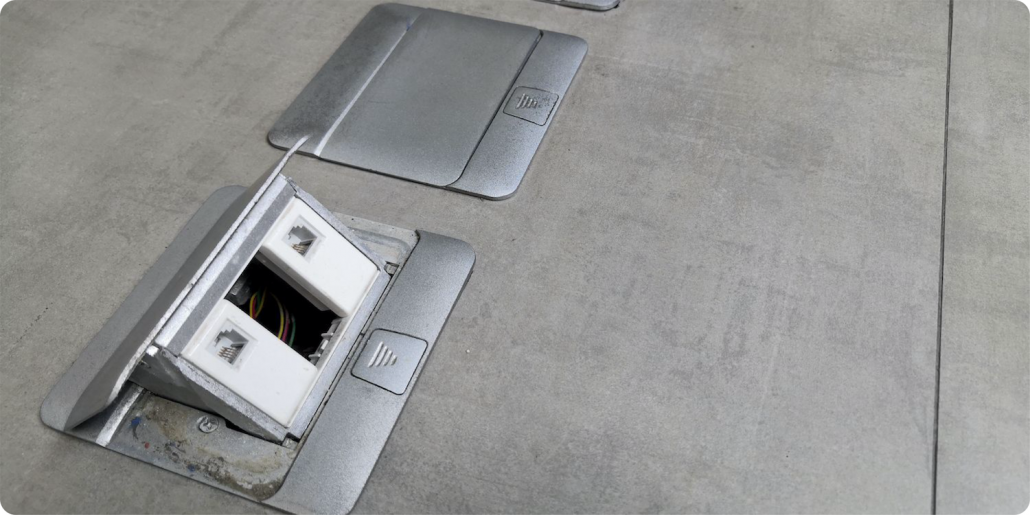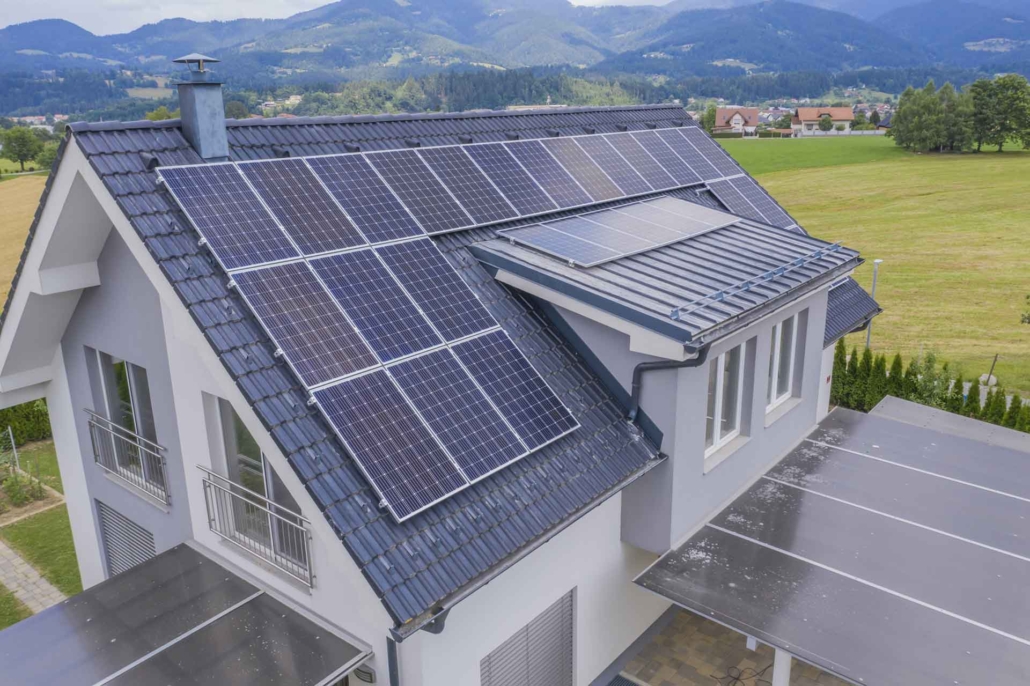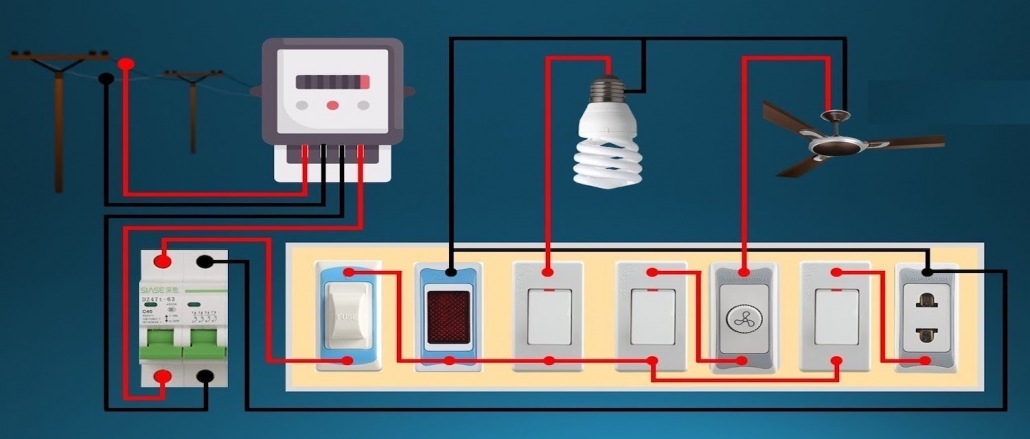October 16, 2020 | Cristina Dinulescu
The volume of electricity delivered to your house by the electrical utility company is measured in amperes, or amps for short. This has a direct impact on the various electrical panel box sizes available. Amperage can vary, from 30 amps, in very old houses, to 400 amps, when the houses are very large and consume a lot of energy. Generally speaking, most houses receive somewhere between 100 to 200 amps.
It is important to know the size of the home’s electrical panel, so you can tell whether or not an update is necessary or if it can handle an update, in the first place. These are especially needed when you undertake a major remodel, add rooms or add large appliances.
Your electrical contractor generally computes the necessary size for the electrical service using a formula that takes into account several factors. These include the total demand of the appliances and fixtures, but also seizing the electrical service to offer a comfortable margin, as it’s always better to allow for a surplus just in case your needs change over time.
Here’s a look at the steps involved in determining the size of your electrical panel.
1. Inspect the Electrical Meter
Usually, the simplest way to determine the size of your electrical service is by looking at the electrical meter, generally located outside the house. You need to check for the point through which the main service wires enter your home. If these are overhead wires, you will notice metal service pipes running down the exterior wall of your home to the meter. If you open up your main electrical panel cover you should see a main breaker with a number stamped on the handle. You may find 60 amp, 100 amp or 200 amp are the most common. However, some older panels don’t even have a main breaker. If that’s the case, you should seriously consider an upgrade, as such small systems are not considered safe anymore.
2. Locate The Main Panel in Your Home
The main service panel should be located below the closest point of attachment to the utility wires. This will look like a vertical gray metal box, installed on the outside wall of your house. In some homes, this panel can be found inside the living space and enclosed in a finished cabinet. If this is the case, the electrical code requires that the panel is accessible at all times.
3. Double Check It’s Not a Subpanel
Sometimes your main service panel feeds a subpanel, which is, in fact, a secondary service panel. These are generally installed to accommodate new circuits and breakers, which may have been added as part of a home addition or remodeling project. At the same time, the subpanel functions as a handy satellite panel for your detached garage, which may be located too far from the main panel.
Secondary service panels are somewhere between 60 to 100 amps, often coming with branch circuits, which accommodate a specific area of the home. Subpanels have their own main breaker, which is fed by the main panel. When there are subpanels installed, you will notice a double pole breaker in the panel, with the same amp rating like the main breaker found in the subpanel.
4. Read The Main Breaker
Open the panel door to the main electrical panel. As soon as you open the door, you will notice two rows of individual circuit breakers with small toggle levers. These breakers are numbered on the handle and they are controlling the individual circuits, which run through your home. Usually, these breakers should be between 15 and 50 amps.
A central circuit breaker should be located at the top or bottom of these two rows. This breaker is the one controlling the entire service panel’s power and its amperage rating should be 60, 100, 150, or 200 amps. These days the main breakers are installed at the top or bottom as a future solar requirement.
Turning the breaker off by switching it to the OFF position means shutting down the power of the entire house.
In case your home has a fuse panel, then you will find fuses instead of breakers in your panel. Just like with breakers, there is a main fuse and it comes with a metal handle. If you pull the handle outward, it will shut down the power of the entire house. Usually, homes that are served by fuse panels have an amperage rating of 60-amp or 30-amp. As mentioned above, these are not exactly safe, so if that’s the case, you should consider upgrading to a breaker panel.







